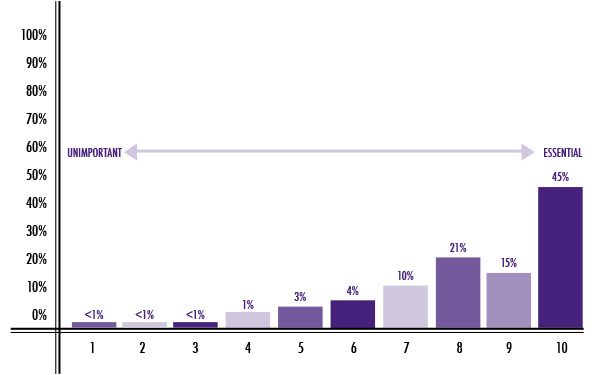FitnessU: Glute-busting moves to build your backside
Rate this article and enter to win
Interested in building your backside? We are too, and apparently so is everyone else on the internet. There’s no shame in wanting to show your glutes some love—strong glutes mean you can jump, sprint, squat, and move with more power and lower risk of injury. So whatever your reasons for wanting to maximize your glute muscles, we’re with you. And fortunately, so is our trainer.
We’ve prepped a routine that focuses on strengthening all the muscles of the gluteal complex so you’re covered from all angles. You’ll want some weights on hand for this one, but remember that milk gallons, textbooks, or even that lone can of black beans can stand in for dumbbells. Ready to feel the burn while building up your bum? If you nodded enthusiastically (or maybe even apprehensively) hit play now. Happy squatting.
Warm-up
Prep your glutes with these three easy moves to make sure they’re revved and ready for what’s next. Some effort required; resistance band optional.
Phase 1: Functional moves that fire up your glutes
Squats, bridges, lunges—this series has it all. Grab your weights, or whatever you’re using as a stand-in, and follow along. Bonus tip: Give the moves a go without weight first to make sure your form is on point. There’s no pressure to add resistance here—these exercises work without them. Do what feels right.
Phase 2: Mat exercises that maximize the burn
Finish it off on the floor with fire hydrants and donkey kicks, which are funny names for serious moves. We’ll break it down for you so you can close out your workout with a burn.
[survey_plugin]






